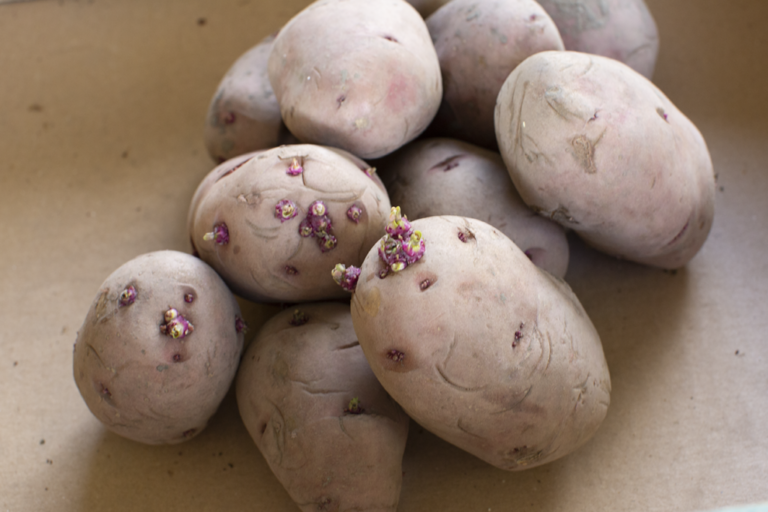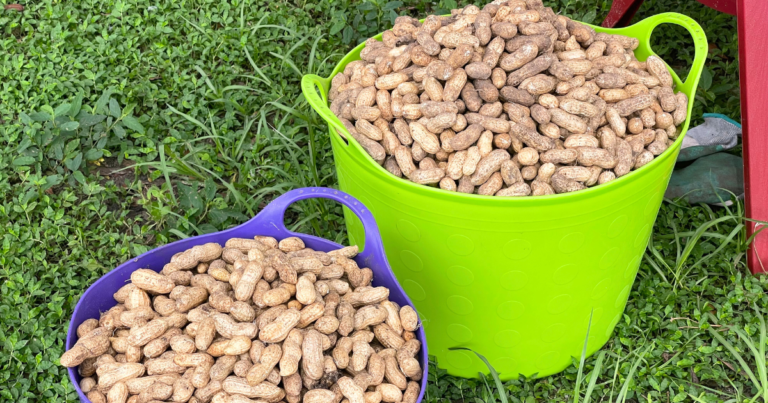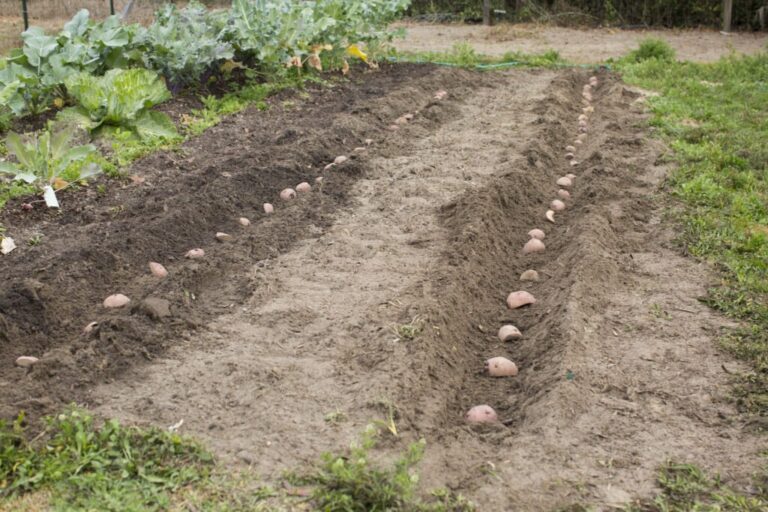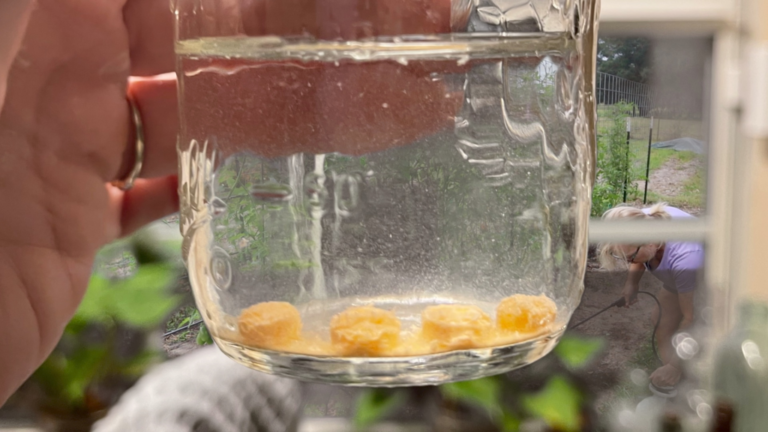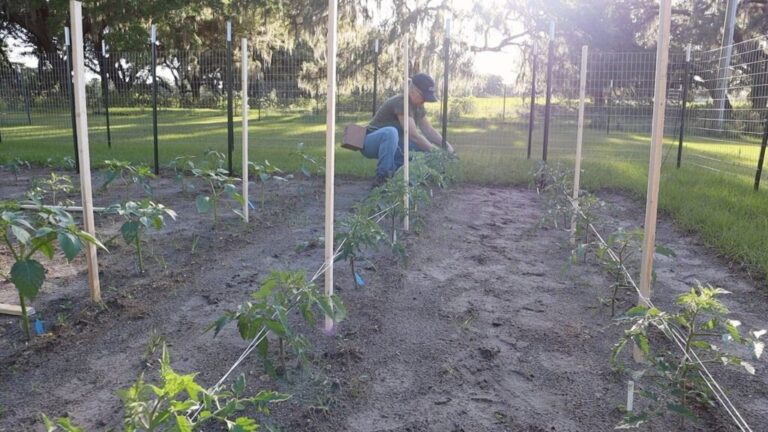How to Plant Tomato Seeds to Grow Strong, Healthy Plants
Tomatoes are a garden favorite, offering vibrant color, juicy flavor, and versatility. Starting your own tomato plants from seed is both economical and rewarding, allowing you to grow unique varieties while ensuring healthy, robust plants for your garden. Follow these steps to plant tomato seeds and nurture strong seedlings for transplanting.
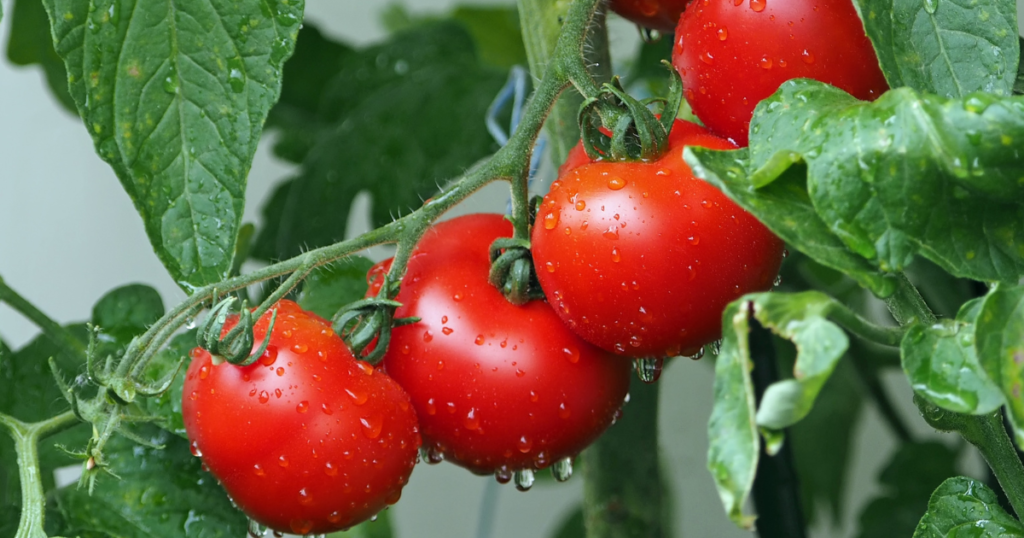
Step 1: Choose the Right Seeds
Selecting the right variety is the foundation of a successful harvest. Consider:
- Climate: Choose heat-tolerant or early-ripening varieties based on your growing season.
- Purpose: Determine whether you want slicing tomatoes, cherry tomatoes, or paste varieties for sauces.
- Heirloom vs. Hybrid: Heirloom seeds are known for flavor, while hybrids often offer disease resistance.
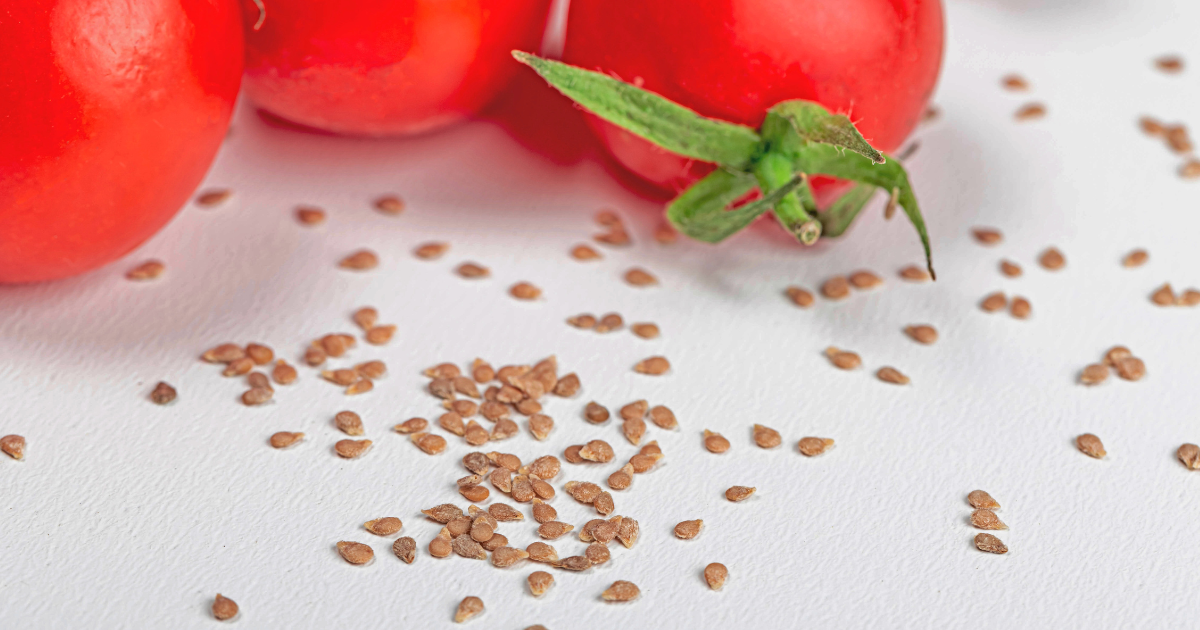
Step 2: Prepare Your Seed-Starting Setup
Healthy seedlings start with the right conditions:
- Containers: Use seed trays, small pots, or even recycled containers like yogurt cups (ensure drainage holes), but my preferred container is a solo cup.
- Soil: Select a seed-starting mix, which is light, well-draining, and nutrient-rich. (preferably organic)
- Location: Place your setup in a warm spot with plenty of light, or use grow lights for optimal results. For a more cost-effective option, use shop lights with a minimum of 5000K.
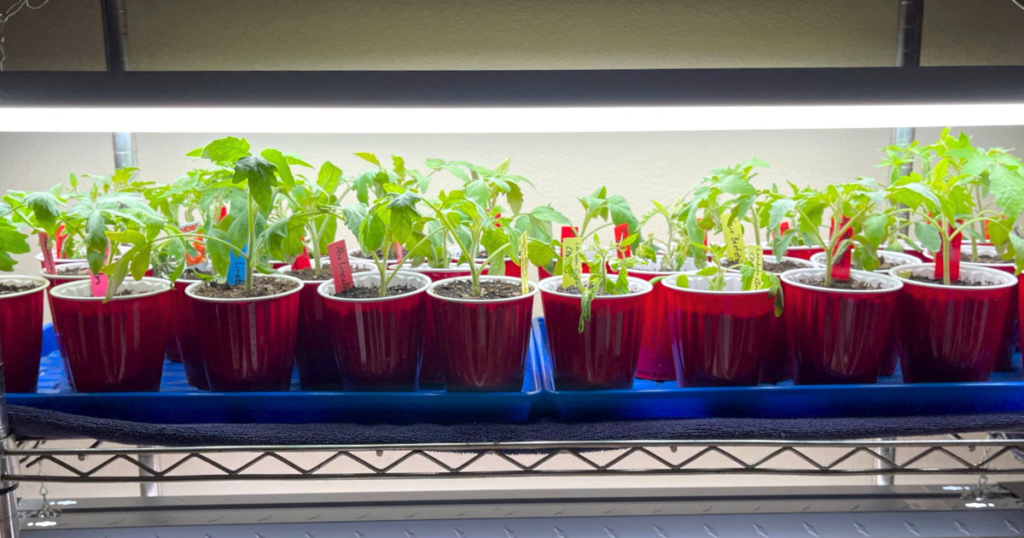
Step 3: Planting the Seeds
- Moisten the Soil: Fill a large bowl, tub, or bucket with soil, add water, and mix it with your hands to distribute the moisture evenly. Ensure the soil is damp but not soggy.
- Fill the Containers: Add seed-starting mix to your containers, leaving half of the container empty.
- Plant the Seeds: Place 1-2 seeds per container or cell, pressing them lightly into the soil. Cover with ¼ inch of soil.
- Label the Varieties: Use plant markers to track which seeds are planted where.
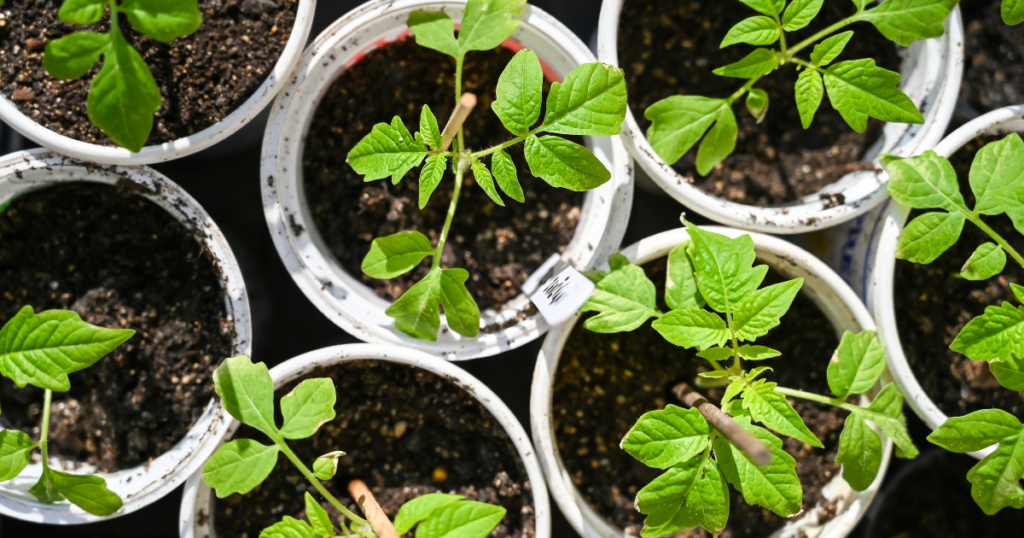
Step 4: Provide the Right Environment
Tomato seeds need warmth and moisture to germinate:
- Temperature: Maintain a temperature of 70–80°F (21–27°C) for optimal germination.
- Germination: Heat mats can be a great help here in promoting germination.
- Light: Once seedlings emerge, provide 12-16 hours of bright light daily using grow lights, shop lights, or a sunny windowsill.
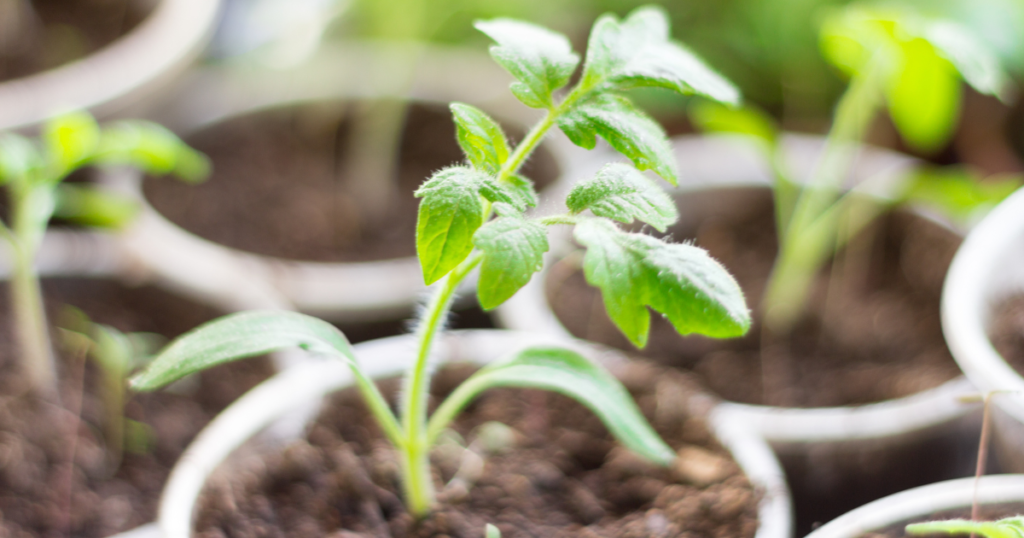
Step 5: Watering and Feeding
- Watering: Keep the soil consistently moist but avoid overwatering to prevent rot. Bottom watering is always best to prevent soil from splashing onto the plant, reducing the risk of disease.
- Feeding: Once seedlings have their first true leaves (4 in total), begin feeding them with a diluted liquid fertilizer every 1-2 weeks.
Step 6: Strengthen the Seedlings
Strong seedlings withstand outdoor conditions better:
- Thinning: If multiple seeds sprout in one cell, thin them by snipping the weaker seedling at the base, or gently remove the plants from the container and separate them into individual containers.
- Strengthening: Add soil around the tomato stem as the plant grows to encourage strong support, allowing roots to develop from the buried stem and anchor the plant.
- Air Circulation: Use a small fan to mimic wind, which helps strengthen the stems.
- Hardening Off: About 7-10 days before transplanting, gradually expose seedlings to outdoor conditions, increasing time spent outside each day.

By carefully planting and nurturing your tomato seeds, you can grow robust, healthy plants ready to thrive in your garden. The reward? A bountiful harvest of delicious, homegrown tomatoes to enjoy all season long!
SHOP THIS POST:
Find More Tips & Tricks in the Garden and Around the Homestead
- Quail Cage Build Made Easy
- How to Make Roselle Tea
- Rich, Delicious, & Easy Chicken Stock
- About Us
- How to Make a Sourdough Starter
Disclaimer:
Some of the links above are affiliate links which means that I receive a small commission on qualified purchases at no additional cost to you. I only recommend products that I would use myself.
Happy Homesteading!
Marian
If you ever have any questions or comments, please don’t hesitate to ask. I love to hear from you!!


